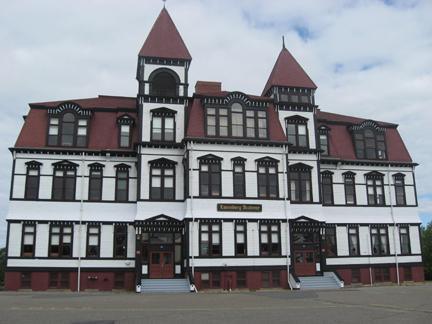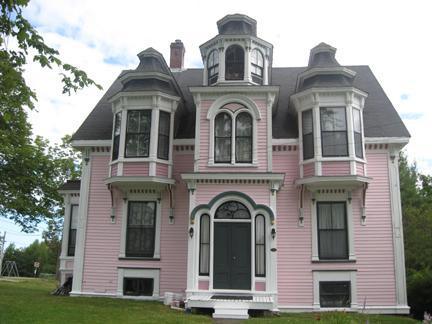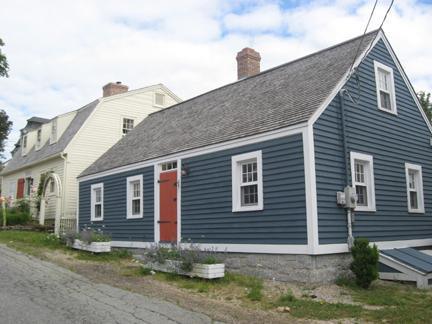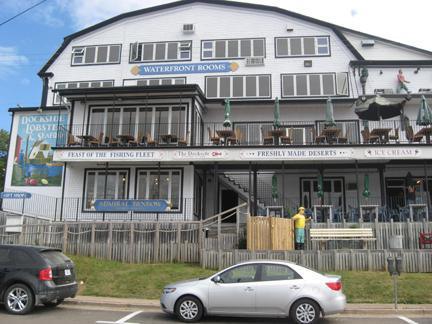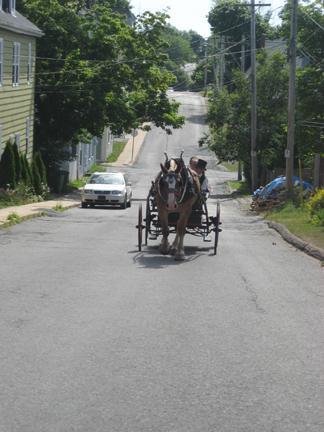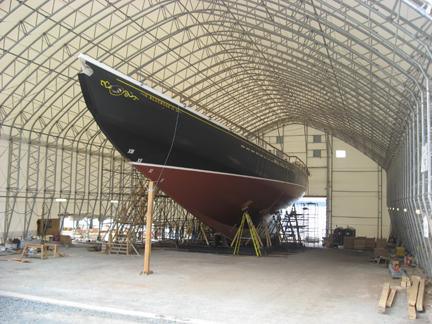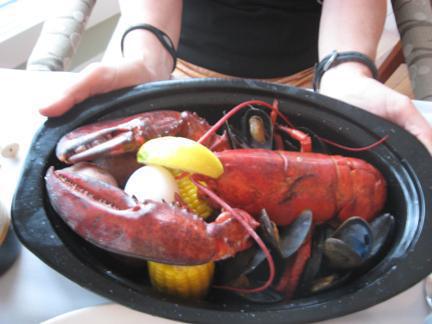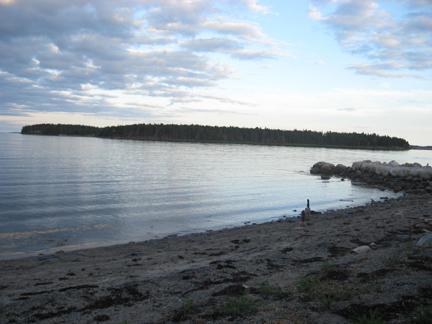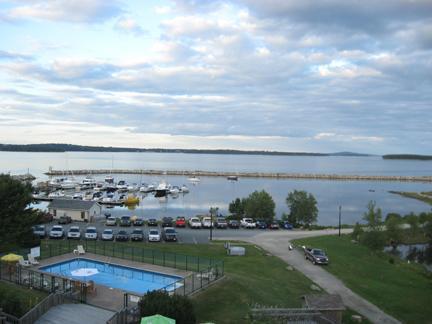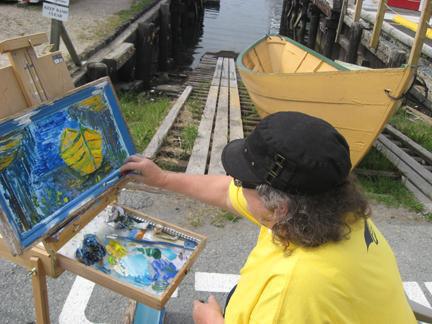Many Canadians know there is something about their East Coast that has a subtle charm. There's just something different about that side of the country, they say. And they're right. This American can confirm it!
For years, I’d seen photographs of Lunenburg, Nova Scotia, and its vibrant waterfront and historic buildings. I'd heard tales of its maritime heritage and knew of its status as a UNESCO World Heritage site.
What I hadn't anticipated, however, was just how deeply the town's character would resonate with me, particularly through two distinct, yet interconnected, experiences: encountering the legendary Bluenose II and observing the captivating presence of artists capturing its essence on the very streets.
My journey to Lunenburg was a scenic drive along Nova Scotia's South Shore, each turn revealing more of the province's rugged beauty. As I crested the final hill and the town spread out before me, I felt an immediate pull. The sight was exactly as pictured, yet infinitely more vibrant in person: a kaleidoscope of brightly painted wooden buildings cascading down to the shimmering harbour, dominated by the masts of various vessels. The air was crisp, carrying the briny scent of the sea and a faint hint of something delicious cooking from a nearby restaurant. I knew instantly I was in a special place.
The primary draw for many, myself included, was the chance to see the Bluenose II. Having grown up with stories of the original Bluenose, the racing schooner that became a Canadian icon, seeing its magnificent replica was like stepping into a living history book.
Its grand black hull, towering masts and billowing white sails (even when furled, they hinted at its power) commanded attention. I stood there, mesmerized, imagining the original Bluenose slicing through the waves, a symbol of Canadian pride and shipbuilding prowess.
The Bluenose II proudly carries on this legacy, serving as Canada's sailing ambassador, and observing its sheer scale and the intricate rigging up close filled me with a profound sense of awe. I learned that the schooner travels extensively during the sailing season, so to find it in its homeport was truly a stroke of luck, making my visit feel even more serendipitous.
As I tore myself away from the Bluenose II, eager to explore the town's charming streets, I began to notice something else equally captivating. Scattered throughout the town, at various vantage points – along the waterfront, tucked away on cobblestone lanes, and even on quaint residential streets – were artists.
Easels were set up, canvases were taking shape, and brushes moved with focused intent. These weren't mere hobbyists; many were clearly professional painters, meticulously capturing the unique architectural details of the 18th and 19th-century buildings, the movement of the boats in the harbour and the interplay of light and shadow on the vibrant facades.
I found myself pausing frequently, watching them work. One artist, perched on a portable stool near a red building with a distinctive Gambrel roof, was painting with a rapid, confident hand, her watercolour pigments flowing together to capture the afternoon light.
Another, closer to the waterfront, was using oils, building up the texture of the Bluenose II's hull with thick, deliberate strokes. It was fascinating to see how each artist interpreted the same scene, highlighting different elements, imbuing their work with their own unique perspective.
They seemed to be an organic part of Lunenburg’s landscape, their presence adding another layer of artistic appreciation to an already picturesque setting. It occurred to me that their artistry wasn't just about creating beautiful pieces; it was an act of preservation, documenting the enduring charm of a town that has successfully maintained its historical integrity for centuries.
Beyond the Bluenose and the artists, Lunenburg itself proved to be a treasure trove. I wandered through its narrow streets, admiring the colourful, well-preserved wooden buildings that give the town its UNESCO designation. Each turn offered a new vista, a quaint shop or an inviting café. I spent some time at the Fisheries Museum of the Atlantic, delving deeper into Lunenburg's rich seafaring history and enjoyed fresh seafood at a local eatery, the taste of the ocean a perfect complement to the surroundings.
My summer visit to Lunenburg was more than just a trip; it was an immersion. Seeing the Bluenose II up close was a powerful connection to Canada's maritime heritage, a tangible link to a storied past. But it was the quiet, dedicated presence of the artists, passionately rendering the town's beauty onto canvas, that truly underscored Lunenburg’s enduring appeal.
They reminded me that this town isn't just a collection of old buildings and historic ships; it's a living, breathing canvas, constantly being interpreted, appreciated and preserved by those who truly see its timeless charm.
I left Lunenburg feeling inspired, not just by its history and beauty, but by the tangible artistic spirit that flows through its very veins. It's a destination I recommend for anyone seeking a blend of cultural richness, stunning scenery and undeniable charm.

